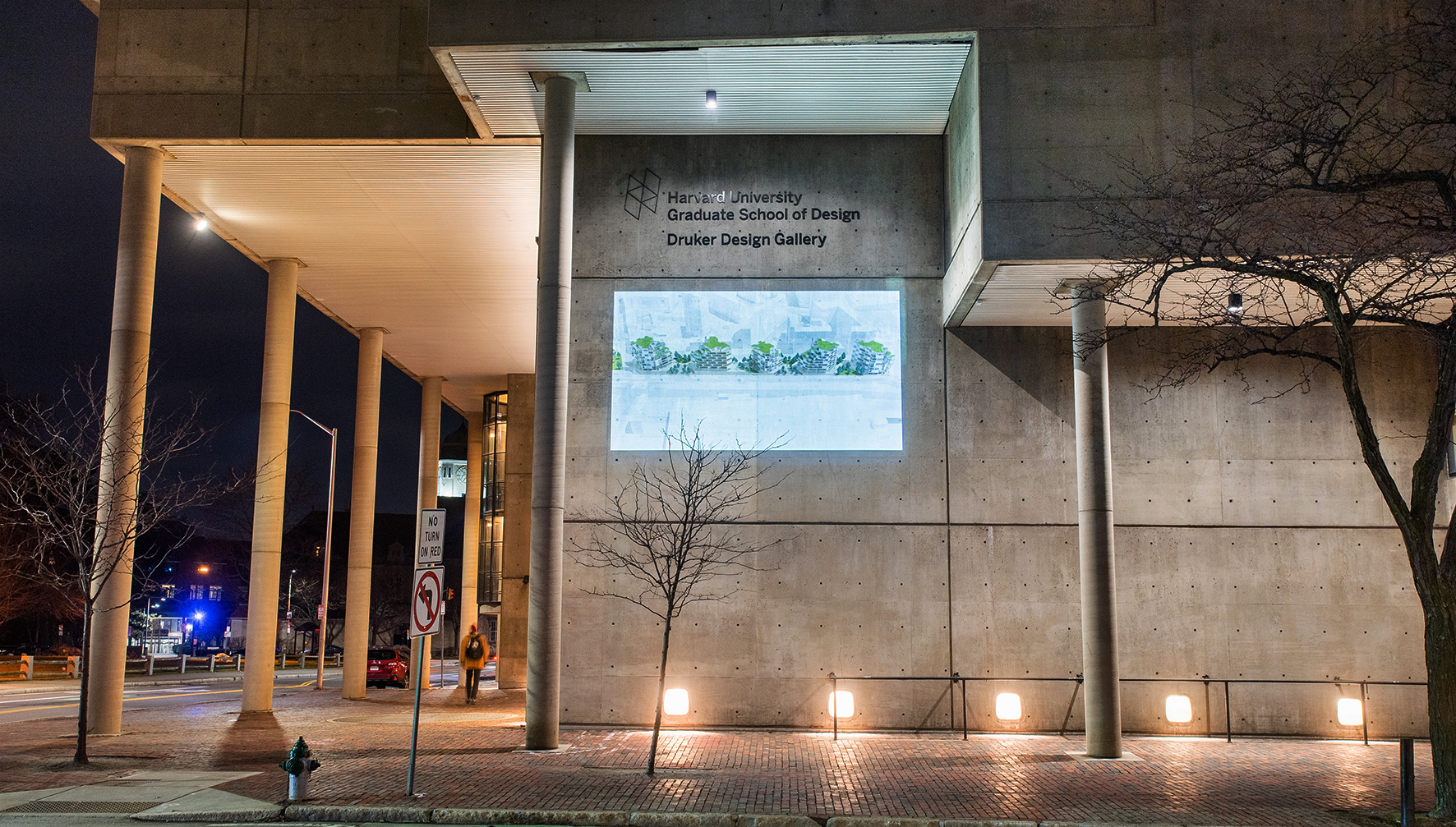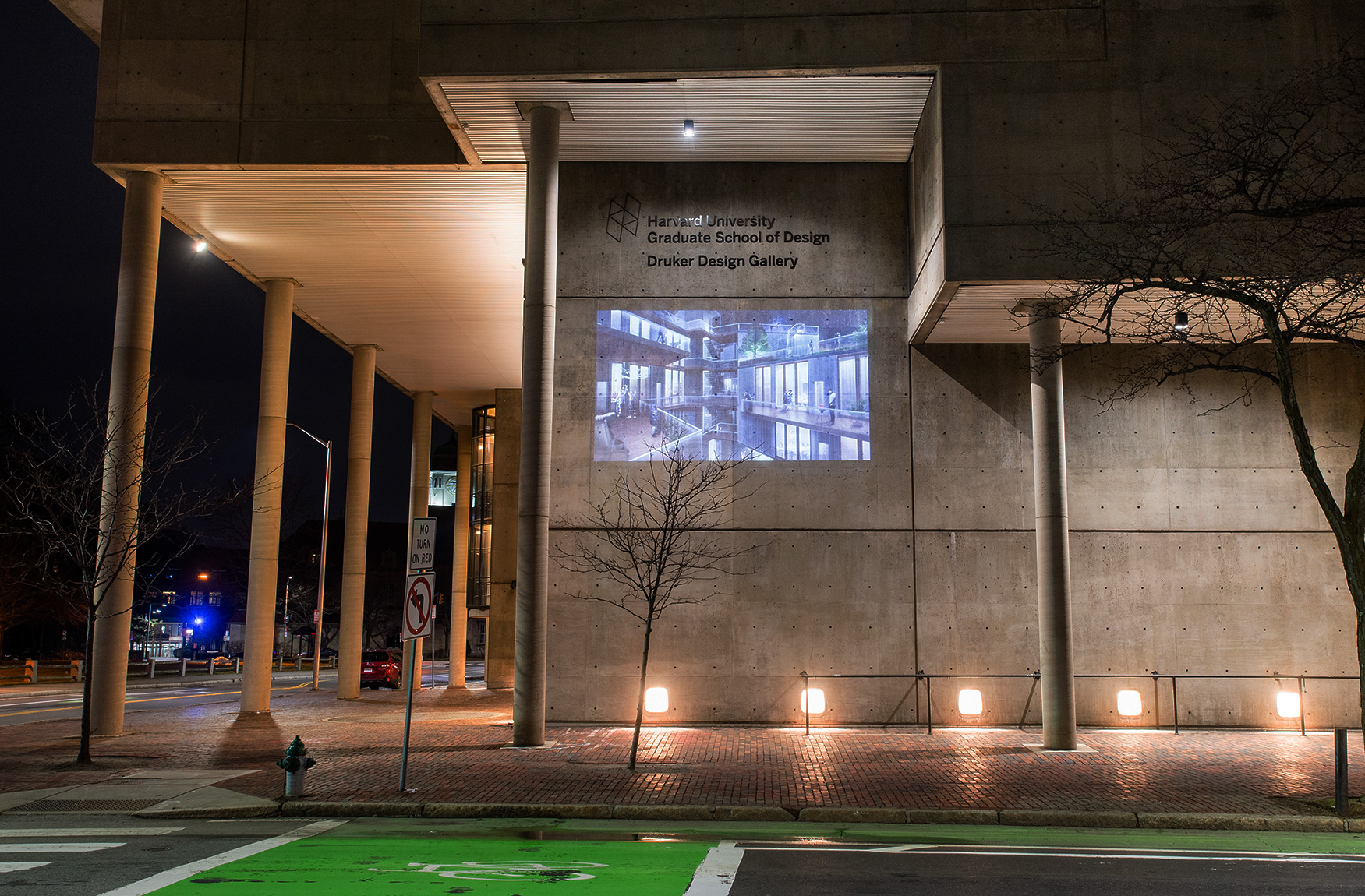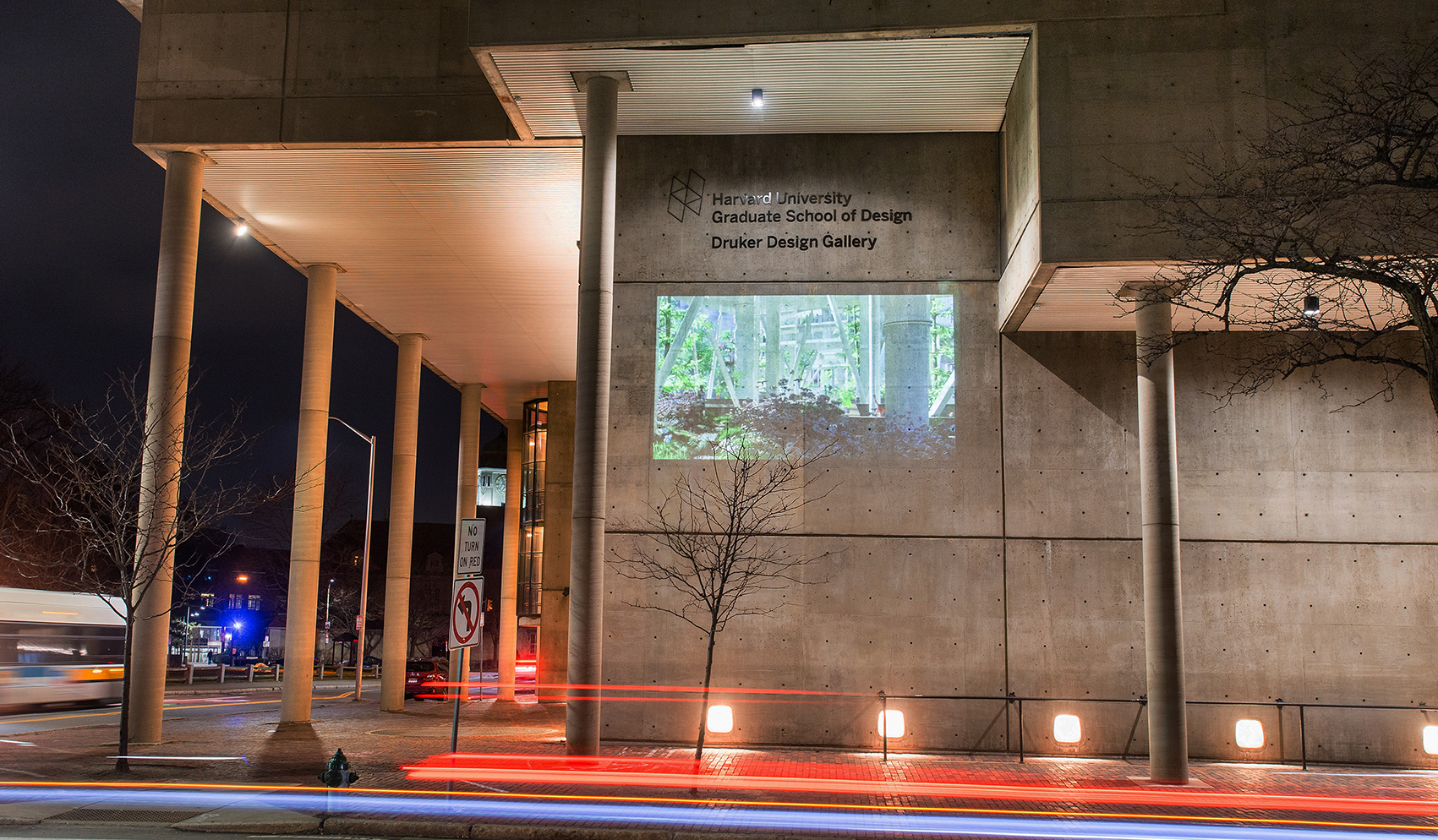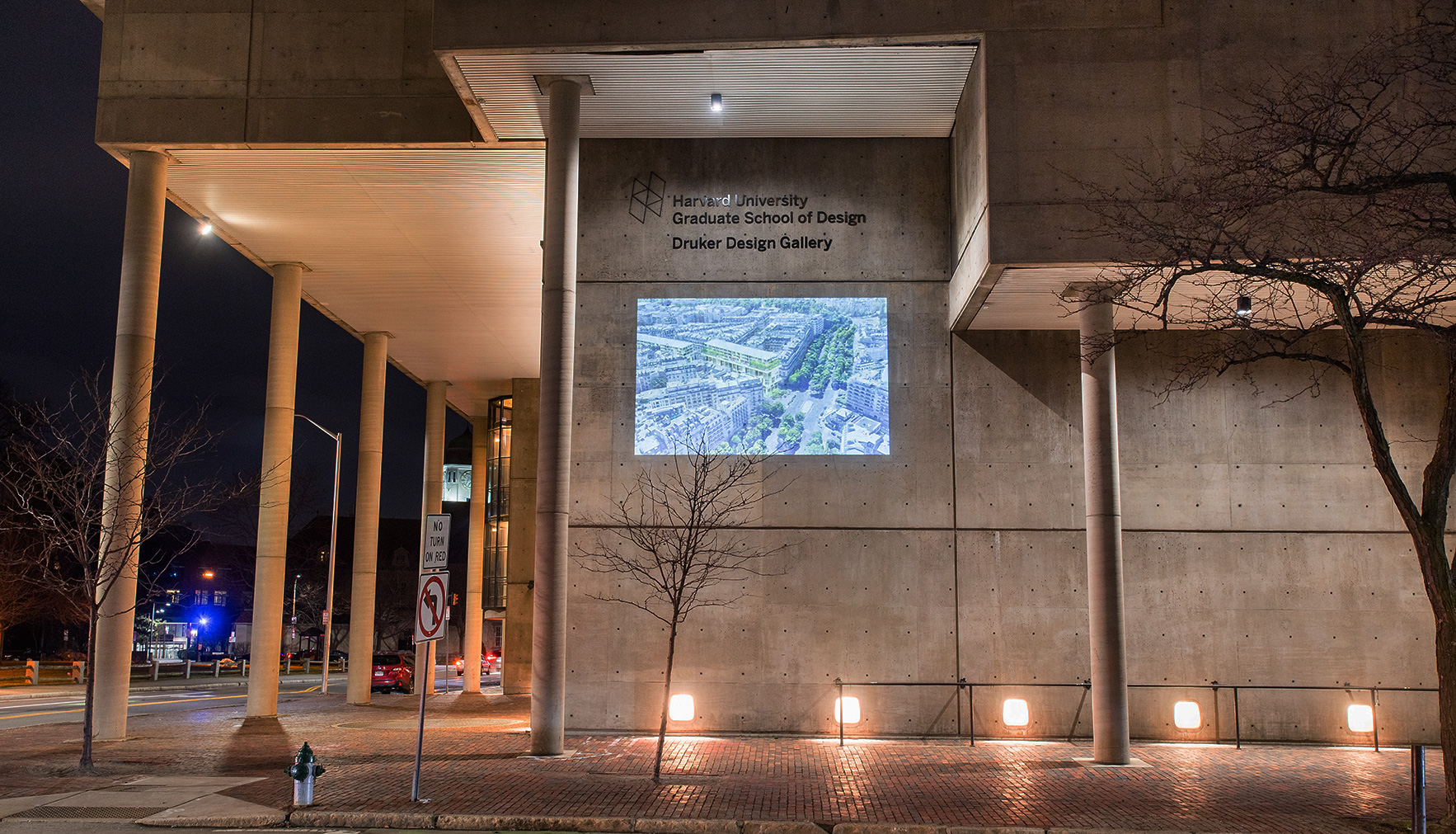Dual-Use: The function of a 21st century urban residential block
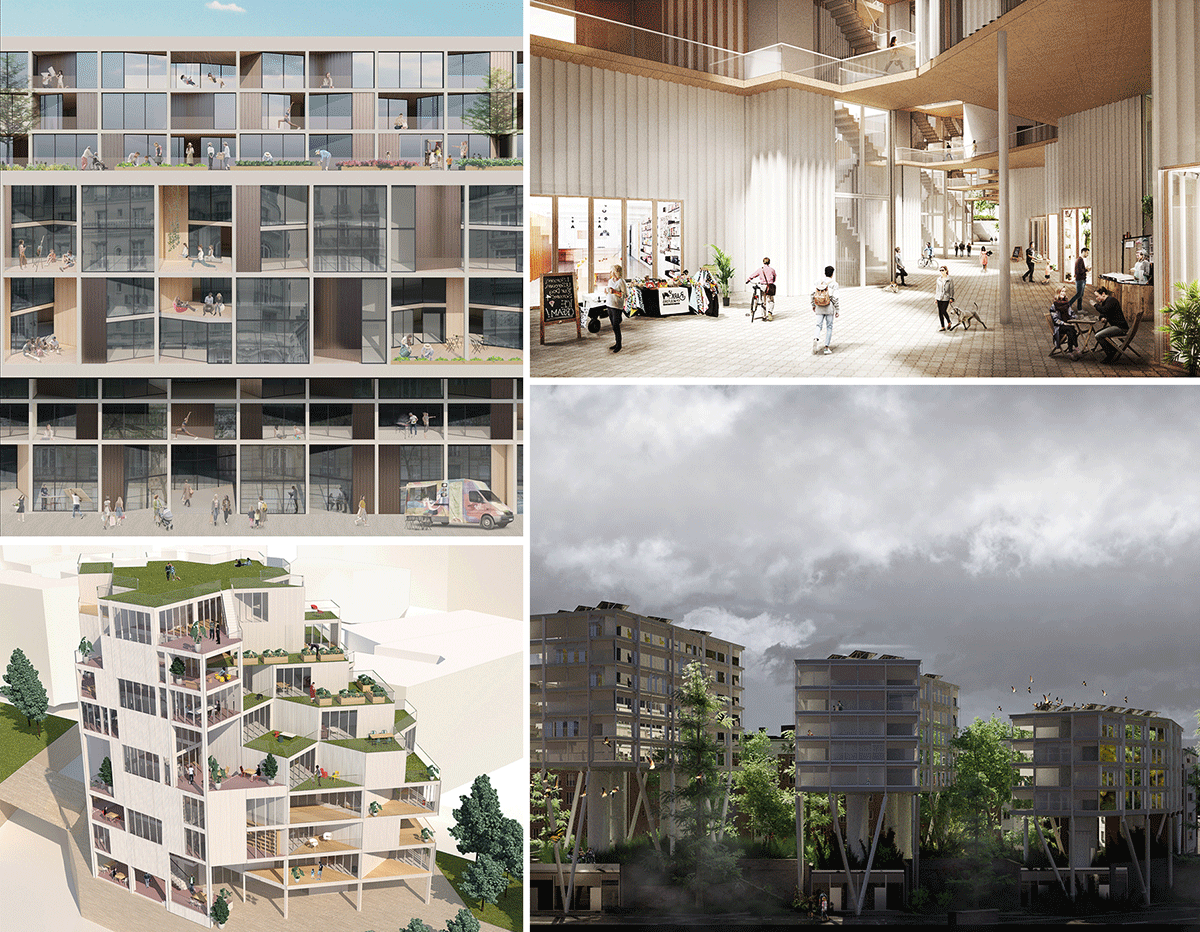
Clockwise from top left: “Mutating Threshold” by Dan Lu, “Dual-Use Vertical Village” by Qin Ye Chen, “Dual-Use” by Erik Fichter, “Thrive – An Ethos of Collaboration and Support” by Devashree Shah
Four films highlight student work from Farshid Moussavi‘s Fall 2020 course, Dual-Use: The function of a 21st century urban residential block.
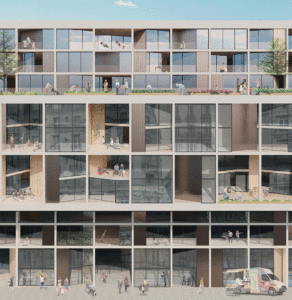
Mutating Threshold
Home is commonly perceived as the limit between public and private, collective and autonomous. By mutating different types of working and living space, dual-use dwelling is inevitably confronted with the dilemma of privacy. An antique store owner might request more public exposure for their business while a writer, single parent might prefer a more intimate community for his or her children.
Though privacy is usually interpreted as the liberation from the burden of the social world, it does not mean absolute segregation or isolation. This project defines privacy as providing inhabitants the means to manage the balance between individuality and collectivity based on one’s preferences for sociability. It aims to fulfill different inhabitants’ definition for privacy meanwhile provides a spectrum of public space to create desired social embeddedness in a dual-use residential block.
Haussmann’s urban renovation created a splendid identity for Paris through designing buildings, blocks and the city simultaneously with a consistent language. However, this static and homogenous identity characterized with grand boulevards and unified facade doesn’t represent the diversity of contemporary Paris. This project explores how the diversity and inclusivity promoted internally in Haussmann’s block could be more expressive and engaging with the external urban context.
By Dan Lu (MAUD 2021)
Duration: 2 min, 40 sec
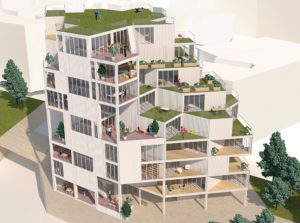
Thrive – An Ethos of Collaboration and Support
This project creates a dual-use housing block with a peripheral vertical core of shared spaces that help increase chance encounters, visual connections and promote collaboration between diverse users. However, on the opposite face, the block maintains a private living condition with inset balconies buffering one neighbor from another. All units in this housing block are unique, catering to the diverse live-work relations that different individuals require. The project primarily deals with four broad work types: trade, service and tech, manufacturing, and agriculture. On each level there is a mix of units for all these work types which further facilitates interaction between these diverse user groups.
By Devashree Shah (MArch II 2023)
Duration: 2 min, 53 sec
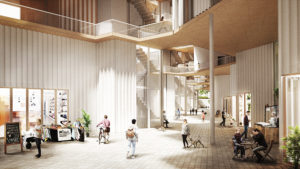
Dual-Use Vertical Village
The coronavirus pandemic has fast-forwarded a scenario previously thought impossible: billions of people have adapted to working at home. People’s work modes change overtime. The amount of space that they need, the location of workspace and its relation with the rest of the apartment change. This project proposes a new hybrid model—one that is able to conjugate desire of intimacy and sociability, and the needs for live and work. It brings together qualities of both apartment block typology and single houses, and it serves as a catalyst for the proliferation of diverse lifestyles. The project proposes active, playful living space that can be transformed as desired, thereby accommodating a spectrum of scenarios.
On the ground floor, the project opens domestic architecture to the surrounding city. The inner street provides a new urban experience lined with shops and outdoor seating. Shared terraces on upper levels are spaces of conviviality that welcome the formation of social ties. At the unit scale, workspaces have been integrated into each unit in different ways. Four spatial strategies are employed to transform the apartment units: separate, split, expand and alternate. Rotating and sliding partitions empower residents to reconfigure their interiors as their lifestyles change overtime.
By Qin Ye Chen (GSD MArch I 2022)
Duration: 3 min, 32 sec
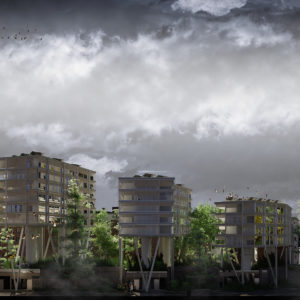
Dual-Use
Dual-Use negotiates habitat, preservation, and biodiversity in the center of Paris, while creating a new and needed unit mix in one of the most tense real estate markets in Europe.
La Petite Ceinture is 32 km long track-line circuiting Paris that originated in the 1850s and lost its purpose in the 1930s. Since then, a corridor for vegetation unfolded. This project imagines a reactivation of La Petite Ceinture by encouraging the cultivation of vegetation and other species, as well as creating a pedestrian promenade that introduces are coexistence of both.
The site is located along a 200 m long segment of La Petite Ceinture, in the 19th arrondissement. The track is elevated 5 m above ground and is covered by vegetation and framed by large trees. While leaving the elevated track untouched, pockets are attached on both sides that house communal centers, working spaces, and entrance lobbies on the ground-floor. Residential buildings are being elevated above the track, framing the tracks below. Between building and ground, the structure bundles to minimize its foundation impact. The diagonal structure resists lateral forces as well as establishes a dialogue with the plants in between. Based on sun exposure, soil depth, and height potential, the location of the plants is designated.
Consequently, La Petite Ceinture is repurposed as a public garden that attracts animals and the local neighborhood. It is being activated through the voltage of residents above and public spaces bellow, as well as the extension of the tracks in both directions that can morph into a pedestrian infrastructure circulating Paris.
While the structure is embedded in the facade, a free floor plan allows a range of unique apartment perimeters while maintaining continuous vertical shafts for wet spaces and kitchens. Each apartment has two entrance doors and a bended living room. This configuration provides a greater flexibility; short term it can facilitate parallel uses, and long term it enables for resizing households.
The design has been developed by Erik Fichter. Feasibility studies and pro forma have been developed in a partnership between Erik Fichter and Tristan Battistoni.
By Erik Fichter (MArch I AP 2022)
Duration: 4 min, 33 sec
During the COVID-19 pandemic, the galleries in Gund Hall have been turned ‘inside out,’ with exhibitions shown through a series of exterior projections on the building’s facade. View some images and short clips from the screening of these films below:
